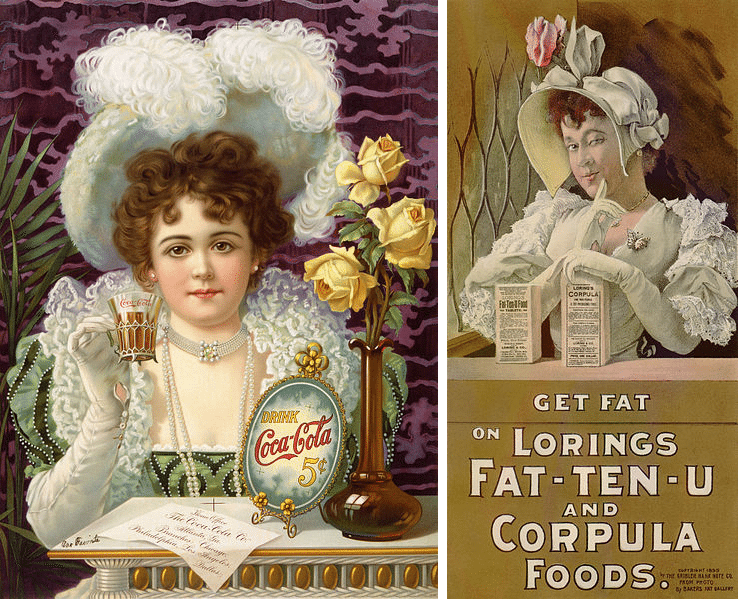Ever since there have been films, there have been filmed advertisements. It would take time for films to discover the power of product placement or the celebrity endorsement, but early commercials had a unique charm and appeal of their own.
When the kinetoscope debuted, print advertising was the giant of the advertising realm. Ads in newspapers had been around since the 18th century, with paid advertisements premiering in the mid-1800s. In a way, the world of print advertising served as a training ground for film advertising, especially in the days of silent film. Like print advertisers, film advertisers were challenged to present an ad that placed more emphasis on visual elements than linguistic elements. Early print advertisements from the likes of Coca-Cola and Loring’s were vibrant, attractive and featured few words. The early filmed commercials took this concept further, presenting an entertaining or visually impressive scenario with little or limited text.

One of the earliest filmed advertisements came out of Edison Studios in 1897. It was for Admiral Cigarettes and featured no intertitles (but did feature an explanatory banner).
As films moved from the nickelodeons and kinetoscopes to proper theaters, they became more refined and improved in quality. So too did the commercials that accompanied them. They almost became mini movies themselves. This commercial for Warner’s corsets dates from the 1910s and rather than just advertise the corset itself, it takes the time to establish the scene and family in question while building up a scenario that will bring the aforementioned product to the forefront.
As they became more and more commonplace, commercials became shorter and more straightforward in their approach. This one from 1926 is by the Electric League of Pittsburgh. It is short (less than a minute) and gets right to the point of telling viewers the advantages of the electric refrigerator.
Although most filmed ads didn’t contain the subtlety or artistry of their non-commercial cousins, it didn’t stop directors and writers from creating works of art for the likes of Nivea. This commercial from 1922 was created by Lotte Reiniger, a German director who was greatly inspired by Chinese silhouette puppetry. It’s called “The Marquise’s Secret” and certainly stands apart from other ads of the day for its creativity and simple beauty.
Are you enjoying our look back at silent film? Be sure to catch up on past installments here, and check out our silent film board on Pinterest.
Want to dive deeper into the world of silent film? Keep up with my posts over on Curtains or on Chicago Nitrate.